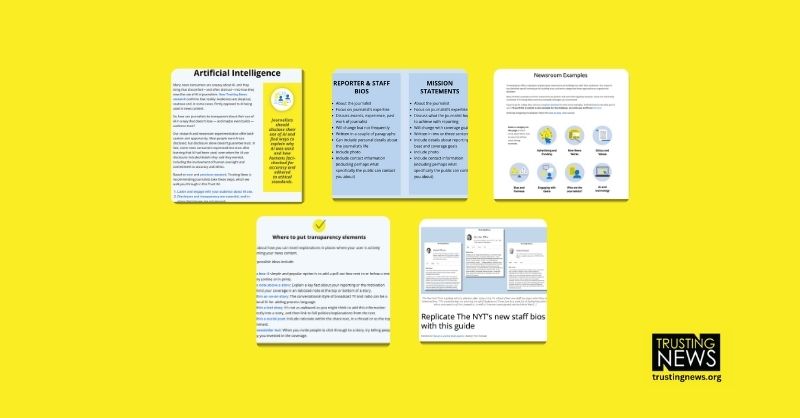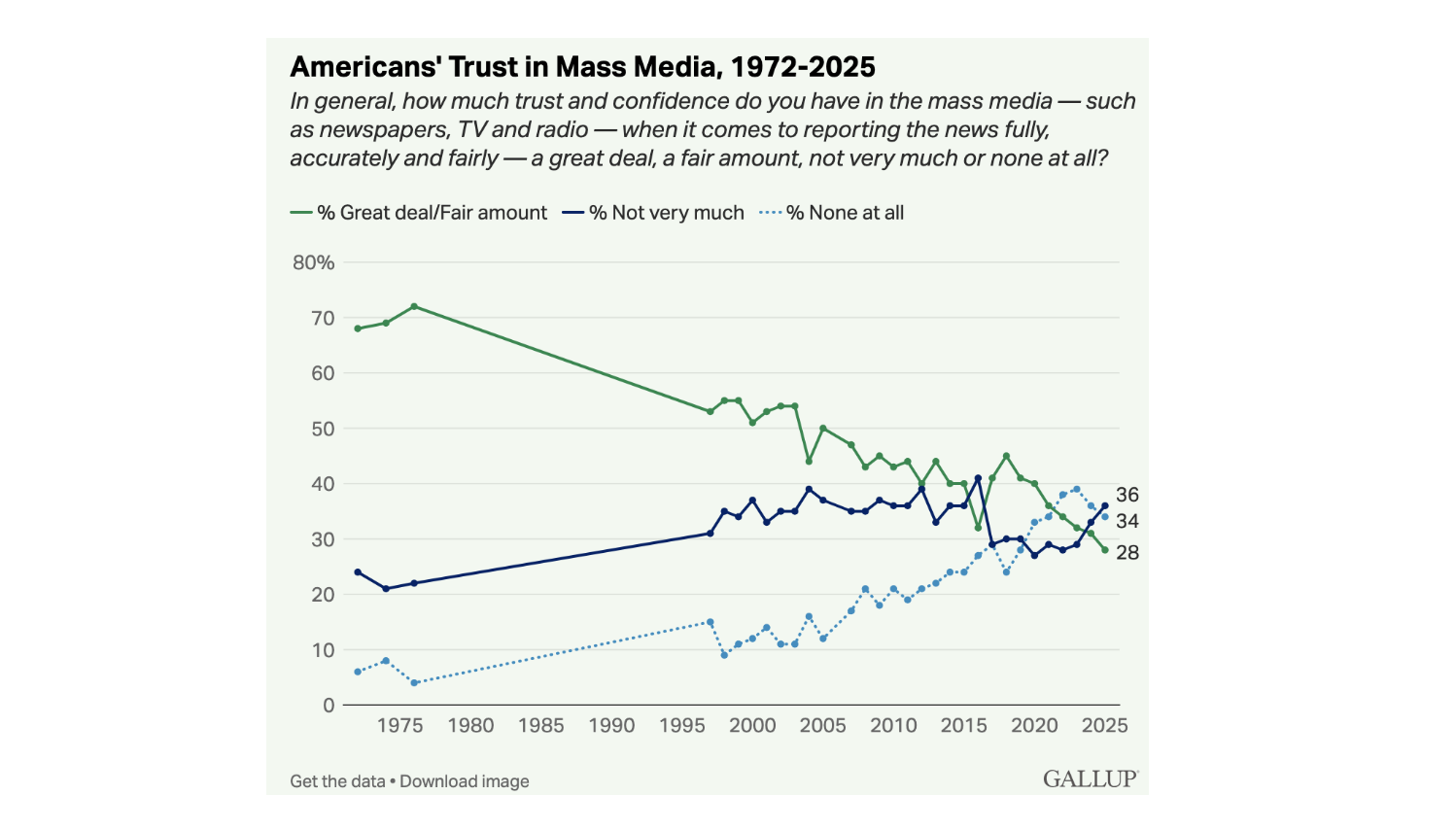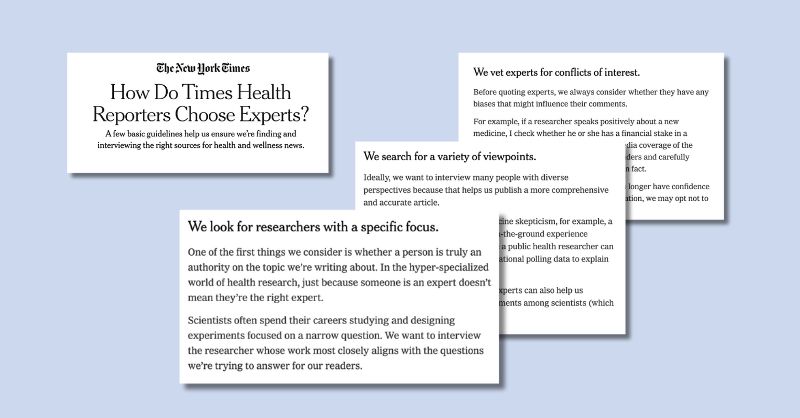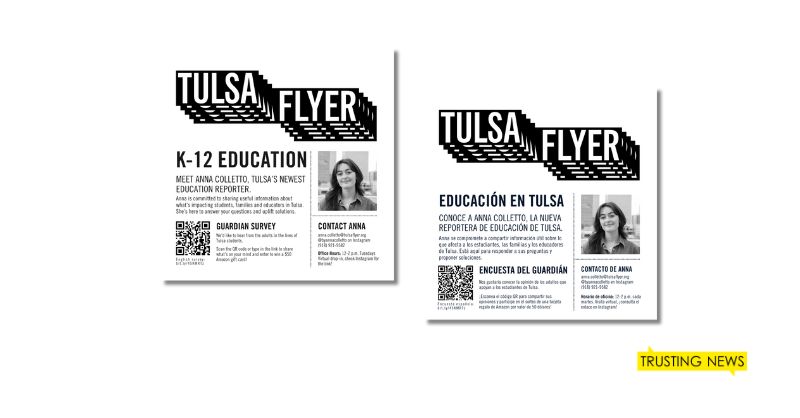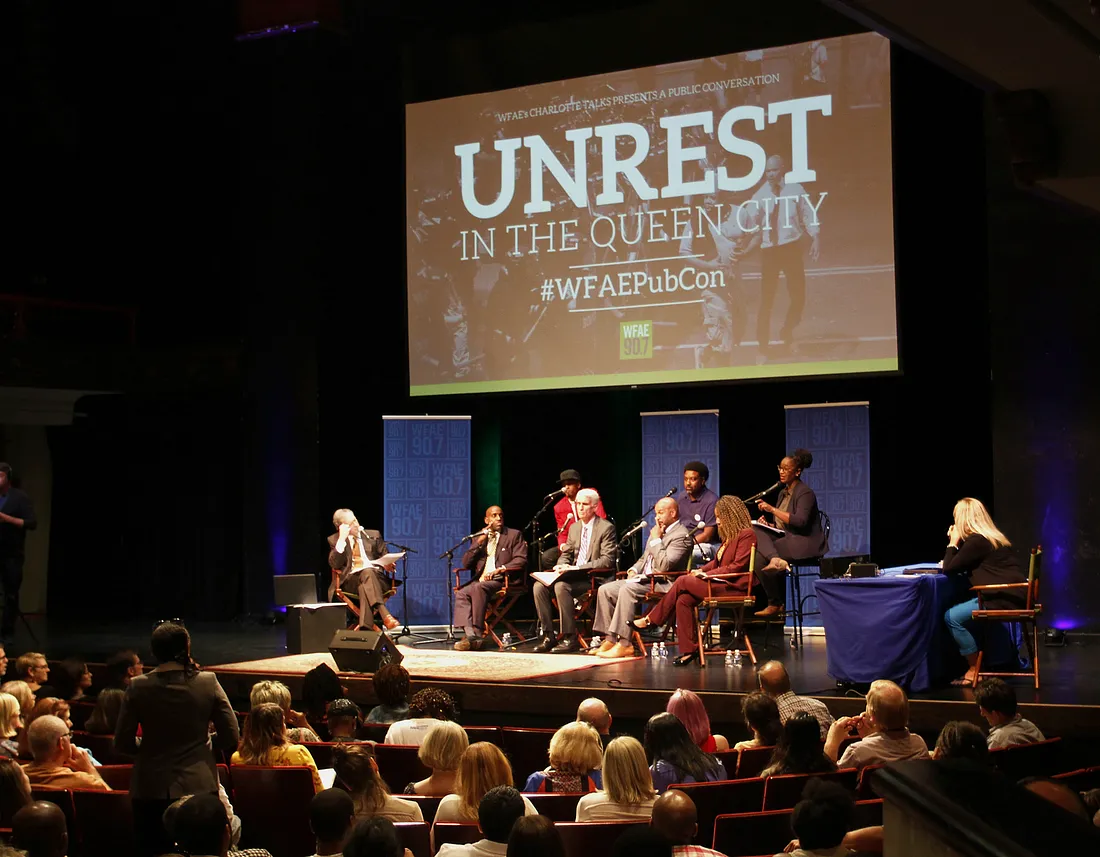
How Ju-Don Marshall and staff at WFAE in Charlotte have helped turn the station’s operations around to be an engagement-centered newsroom.
How listening to the community transformed this Charlotte newsroom
Engagement has continued to become more of a priority in newsrooms over the last few years, and there are good reasons for that.
If you aren’t having conversations with your audience and responding to feedback, how are you making sure your journalism is focused on the people it aims to serve? And if you’re not talking to your audience, how are you understanding what gets in the way of trust with them?
The challenge with engagement is no longer convincing journalists of its importance, but rather figuring out what it should look like in each community and how journalists can feasibly fit this work into their busy schedules.
For each newsroom, that process will look different. (We have strategies for how to build engagement into the work you’re doing and make it more efficient.) In this post, we are highlighting a newsroom that has made huge strides around engagement and trust. We hope it will inspire your own work.
Focusing on engagement at WFAE
In the last few years, Ju-Don Marshall, the Chief Content Officer and Executive Vice President at WFAE in Charlotte, North Carolina, has helped turn the station’s operations around to be an engagement-centered organization.
The key to it all? Leaning deep into community listening.
Investing in listening
When Marshall joined the company in 2017, she said they were working to move onto digital platforms more and rewire the newsroom to think differently about the station and how it worked. Marshall said the transition opened a door to experiment with different ways and platforms for engaging with users.
The newsroom decided their baseline desire was to understand the communities they serve and to get outside of their own echo chambers.
In order to do that, they realized they needed to actively listen to the community. They began inviting people into the newsroom to have on-background conversations about their views of Charlotte. Their goal was to see the community through their community’s eyes.
Marshall said that completely reshaped the newsroom’s approach to what they covered, and since then, engagement has shifted to be at the core of their work. Some of their initiatives include:
- A library project, Engage Charlotte, where reporters visit different library branches, making themselves available to talk to community members (this program has gone virtual since the start of the pandemic).
- A community advisory board that meets regularly. They also send surveys to the community to better understand what topics people are interested in and what the community wants to know about.
- Utilizing listening tools. The newsroom has added call-outs to almost every story, asking community members what they want to know more about. They regularly use Hearken for this. They also Google Voice where they capture voicemails from listeners so people can share their story in their own words, which are sometimes used in stories.
Marshall said these tools were especially handy when compiling their voter guide ahead of the 2020 elections.
Because they started building their coverage plan by asking the community what they wanted to see, they found they needed to change the scope of their elections coverage. For example, people didn’t understand the responsibilities of the office. They wanted to know more of the basics of what the elected position meant first before learning about how the candidates would work to shape policies.
Another time Marshall said these listening tools have been especially useful was during the pandemic. Through call-outs in an ongoing series about affordable and general housing, the station heard people really wanted resource guides focused on housing. Marshall said if they didn’t have those communication channels open, or hadn’t asked questions or invited that kind of feedback, they may not have thought to create the resource guide.
By centering engagement around the needs and questions of the community, it’s allowed them to do expansive projects beyond the ones most midsize newsrooms would do, or probably even think about.
One example occurred a few years ago. The newsroom had a question about what the Charlotte music scene was like. The newsroom came up with the idea of doing some sort of summer music series highlighting local artists. They started by asking their community for ideas. They ended up with around 500 suggestions of different musicians to talk to.

The project kept evolving and went from a summer music series to a podcast, to live music events, to live music sessions with artists on Facebook and even hosting a popup record sale. Today it’s an ongoing award-winning podcast. Another engagement effort, the Queen City PodQuest resulted in more than 400 community members submitting podcast ideas and voting on which one they wanted to see turned into an actual podcast. They also hosted podcast training, so even if an individual’s idea wasn’t chosen, they could still be equipped with the necessary skills to make their idea a reality.
Marshall said it can seem like a simple concept to ask people what topics they want to know more about. But she said sometimes journalists live so deep within their own bubbles they assume certain things about what their audience knows, wants and thinks.
“Don’t make assumptions about what your community needs,” Marshall said.
Amplifying diverse voices
As part of their focus on engagement, the first thing they always think about is how they as a newsroom can amplify diverse voices.
“Everyone has a story to tell, and what role can we play in equipping people to tell their own stories?” Marshall said.
That was part of the inspiration that led Marshall to start developing a project to support a cohort of media where anyone from the public can submit story ideas, and then journalists from any of the multiple news organizations in the cohort can claim the story idea, earmarking it as something they will produce.

The project is still being developed, but the driving idea behind it is that not one news outlet can cover all of the important community stories. This project will help make sure more of those stories are told.
Marshall said she grew up in a small community outside of Charleston where there was a lot of crime coverage, but not much meaningful coverage. This project is her answer to that. She didn’t want anyone else to experience the same issue and said she believes everyone should get the opportunity to have their perspective and stories told.
“We’re not just trying to talk about you, we’re trying to talk to you, through you,” Marshall said.
Built into the culture
Engagement and actively listening to the community has been “transformative to the way we work, the way we think, and to our empathy,” Marshall said.
The station has about 24 journalists working to cover Charlotte, a city of around 800,000 people. Marshall said it wasn’t hard to get staff on board because really was part of their mission all along. (If you are having trouble getting your colleagues on board, we have some tips and guidance for you.)
“If we’re not doing this for the community, why are we doing this?” Marshall said.
She said it’s typical in the morning news meeting for one of the station’s journalists to bring up what they are hearing from the community. Marshall said that input regularly gets shared and represented in spaces previously only occupied by journalists.
Marshall said often in journalism conversations the question of scale comes up. Marshall’s response has always been that you build scale slowly, and now after years of doing this work, “people have a different idea of who we are, what we do and the value we bring to them.”
That strategy has brought them success.
In 2017, Marshall said the station had little to no digital footprint. Since then, their reach online has grown significantly, something Marshall credits to the engagement work they’ve invested in.
It’s also led to additional funding. Marshall said they’ll often find people calling in to give monetary donations to the station after many of their live events or programs where community members are featured. According to Marshall, this shows the power of what they are doing and that their return on investment is building the loyalty they need to build sustainable membership.
“I think what sets us apart is we have people in our organization who are committed to serving their community, and you can’t do that in a vacuum,” Marshall said.
Right before Covid-19 hit, they had a meeting in the newsroom with a group of local artists. Before the meeting started, one artist spoke up to thank the newsroom because, for the first time, the artist said, he was hearing stories that reflected him.
Marshall said the idea that someone who had been listening could connect with the content and could see themselves centered in coverage was “exactly the experience we’re trying to create.”
We’re here to help
We hope this newsroom story helped inspire the engagement work you’re doing in your newsroom and in your community. Want to do more? Our team is here to help. Find us on Twitter, or email us at info@trustingnews.org.
At Trusting News, we learn how people decide what news to trust and turn that knowledge into actionable strategies for journalists. We train and empower journalists to take responsibility for demonstrating credibility and actively earning trust through transparency and engagement. Subscribe to our Trust Tips newsletter. Follow us on Twitter and LinkedIn. Read more about our work at TrustingNews.org.
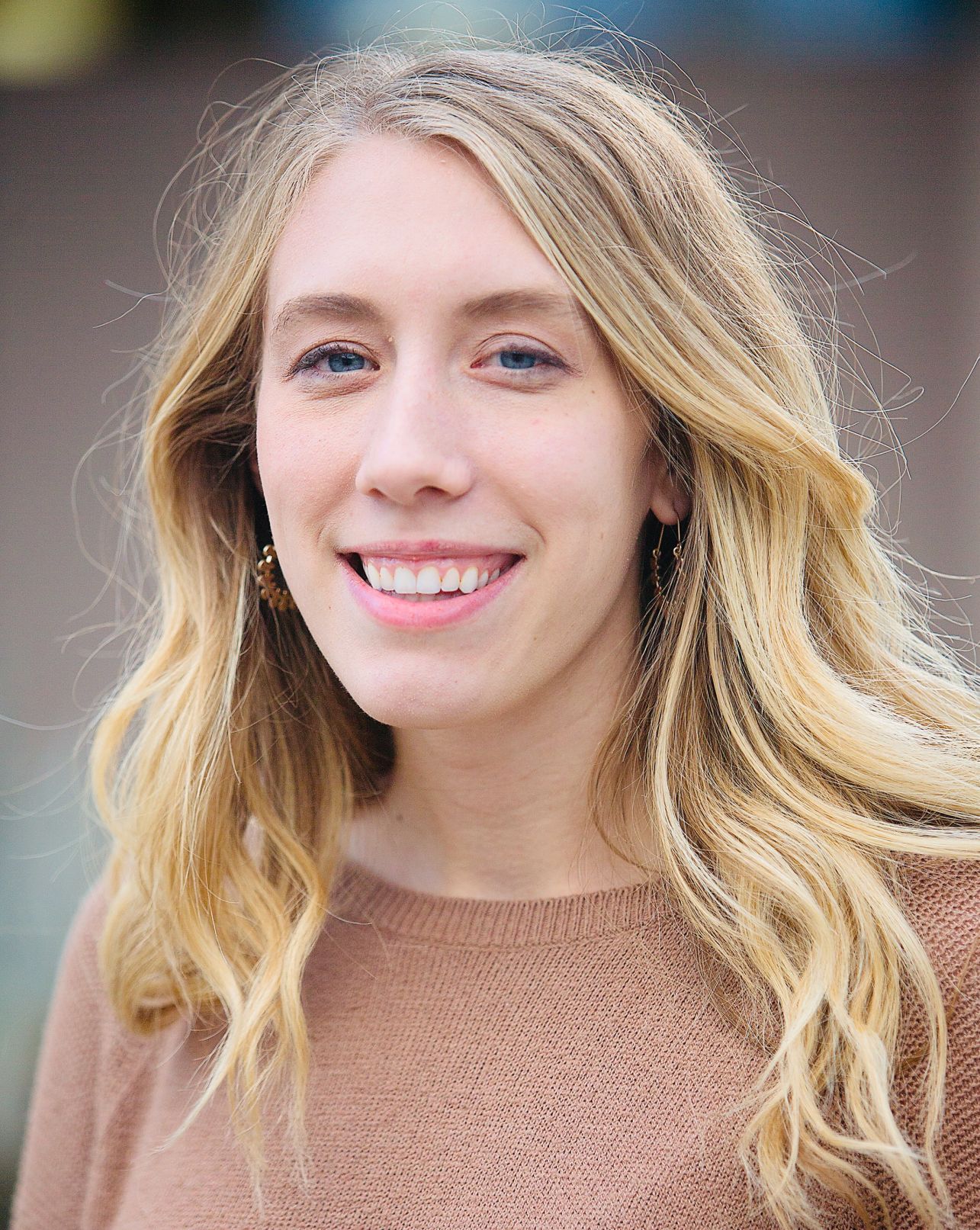
Project manager Mollie Muchna (she/her) has spent the last 10 years working in audience and engagement journalism in local newsrooms across the Southwest. She lives in Tucson, Arizona, where she is also an adjunct professor at the University of Arizona’s School of Journalism. She can be reached at mollie@trustingnews.org and on Twitter @molliemuchna.
